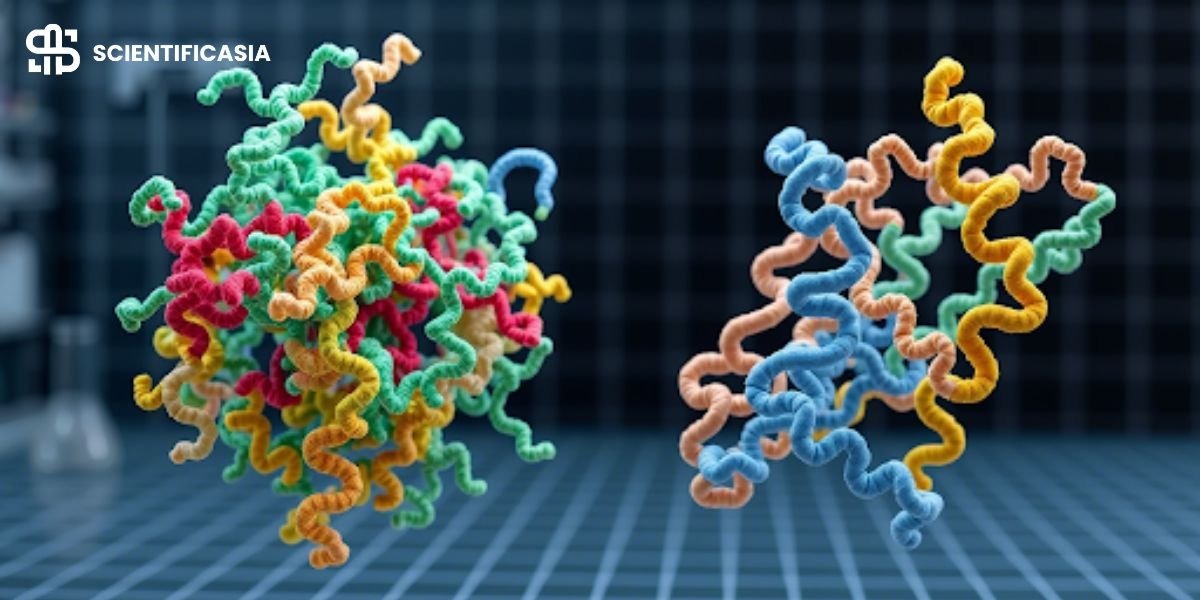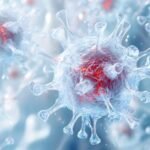More has been known about protein science in the last 25 years than in the last several centuries, with the advent of recombinant DNA technology. The understanding of the production and utilization of proteins in research has changed dramatically.
A significant factor in the success is the choice between natural proteins and recombinant proteins.
We aim to provide an in-depth comparative study of natural proteins and recombinant proteins, enabling researchers and scientists to make informed choices that meet the objectives of their experiments.
Natural & Recombinant Proteins: In Detail
The natural proteins that are synthesized in living forms by their endogenous genetic machinery and made directly from self body cells, tissue, or fluids to maintain biological integrity and post-translational modifications.
In sharp contrast, recombinant proteins are produced by genetic engineering methods. By introducing the desired gene of interest in host cells such as bacteria, yeast, and mammalian cells to express the protein, which is purified later for use.
Quick Overview
| S.No | Feature | Natural Proteins | Recombinant Proteins |
| 01. | Source | Directly from native tissues/cells | Engineered host cells (bacteria, yeast, etc.) |
| 02. | Yield | Limited by natural abundance | Scalable, high-yield production |
| 03. | Modifications | Native post-translational modifications | May differ, depending on the host system |
| 04. | Purity | Variable often requires extensive purification | Higher, due to controlled expression |
| 05. | Engineering Potential | Limited | High (mutations, tags, fusion proteins) |
How are Natural & Recombinant Proteins Produced?
Since natural proteins are synthesized on their own, they need to be isolated to study. They are extracted from biological samples and are purified later by chromatography.
Limitation – For specific proteins, there can be a low abundance of the targeted protein in their natural environment and condition.
When it comes to recombinant proteins, a series of steps is followed:
01. First, by gene cloning, the DNA sequence that encodes for the desired protein is inserted into a plasmid vector.
02. Then, this vector is inserted into host cells through the process of transformation.
03. Optimal conditions are provided in the laboratory for the host to be cultured.
04. Once the desired protein is expressed, it needs to be harvested and purified by techniques such as affinity chromatography.
Advantage – A large amount of proteins can be produced without much need for essential natural sources. This also presents the opportunity to engineer the sequence for completely novel proteins.
Functional & Structural Differences Between Proteins
Even though rProteins are engineered by providing optimal conditions, there are still major structural and functional differences between natural and recombinant proteins.
A. Post-Translational Modifications
Natural proteins undergo PTMs such as glycosylation or phosphorylation, but rProteins may lack or differ in these modifications. This is typically seen if they are expressed in non-mammalian hosts.
B. Folding & Assembly
In a native environment, it’s rare that there is a malfunction in folding and assembly in cellular machinery. In hosts like bacteria, recombinant systems may not replicate this fidelity, which can lead to misfolding and hence inactive proteins.
C. Interactions & Stoichiometry
Cofactors and interacting constituents, particularly in recombinant systems, differ from natural proteins.
| In protein Z, a study found that the recombinant form has superior foam properties and exhibits greater inhibitory activity against certain enzymes as compared to the natural form. |
Cathepsin B Protein (CTSB): A Case Study
Cathepsin B Protein (CTSB), a lysosomal cysteine protease that is integral to collagen degradation, protein turnover, and the processing of APP.
(APP – Amyloid Precursor Protein)
Natural CTSB is extracted from human tissue, but getting a sufficient amount is difficult due to the low abundance and the complexity of purification.
Recombinant CTSB is produced with the help of engineered host cells, which in turn enable scientists and researchers to study its role in disease biology. A major example is that in the case of knowing its potential as a drug target, and investigating its involvement in the cleavage of the SARS-CoV-2 spike protein.
Conclusion
“Proteins hold the key to the whole subject of the molecular basis of biological reactions.”
- Linus Pauling, Signs of Life
The researcher’s objective for the desired result is responsible for the choice of natural and recombinant protein.
For research purposes where factors like purity and quantity are essential, one can go for rProteins.
If the purpose is to study the protein architecture, then natural proteins must be selected.









